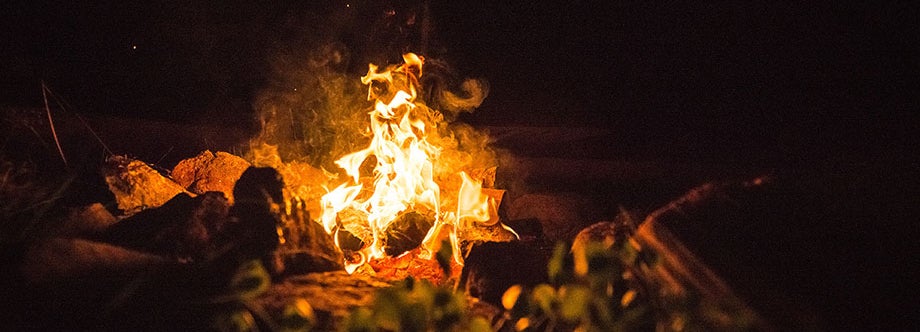Protecting Your Home from Brush Fires

The biggest fire in the U.S. took place Oct. 8, 1872 in Peshtigo, Wis. The blaze burned 16 towns, killed 1,152 people, and burned 1.2 million acres, according to the National Fire Protection Agency. Historical accounts of the fire say that it began when railroad workers unintentionally started a brush fire and within an hour there was nothing left of the town but ashes.
While the Peshtigo fire happened more than 100 years ago, brush fires are still a serious threat to towns, cities, and people’s homes today. From 2004-2008, local fire departments responded to an average of 356,800 brush, grass, and forest fires per year, according to the U.S.
Fire Administration’s National Fire Incident Reporting System and the National Fire Protection Association’s (NFPA) annual fire department experience survey. That’s why it’s important to take some preventative safety measures to protect your home, business, and property from these fires.
Yard Maintenance
Landscaping greatly reduces the threat of brush fires. Keeping shrubs and hedges below three feet will prevent the overgrowth from catching fire and keeping tree canopies higher than eight feet will help prevent a fire that starts on the ground from reaching branches and your home.
Trimming shrubs, bushes and trees will also improve the security of your home since there are fewer hiding places for intruders to hide. You should keep branches, vegetation, and mulch way from siding and the roof to prevent a fire from spreading to the house. Use gravel or another non-combustible material instead of organic mulch.
Use Fire-Resistant Building Materials
Using fire-resistant siding, screened or ember-resistant vents, and attachments, such as fences, decks and porches, can prevent a brush fire from spreading to your home. Roofs constructed of Class-A asphalt shingles, metal, slate/clay tile, or concrete products also significantly decrease the chance of a tree or brush igniting your house.
While these materials will improve the fire-resistance of your home, their effectiveness diminishes if you don’t periodically inspect your roof for breaks or spaces between tiles and clean out the gutter and eaves on your home. This chore may be arduous, but it should be on the top of your to-do list since leaves and other debris that get trapped in these place are highly flammable.
Keep Fire Products and Devices Away
Approximately 12% of brush fires are caused by smoking materials so don’t put out smoking items, such as cigarettes, on the ground. Smoking items are disposed of in a fire-resistant container, such as a metal or glass container. You should also avoid using fire pits, chimineas, and other outdoor fireplaces near your home.
If you plan to hold a bond or camp fire or do any outdoor or open-air burning make sure it is done at a safe distance from your home and call your local fire department to find out if you need a burn permit. Outdoor grills should also be kept at least 10 feet from homes and buildings. Fireworks are another culprit behind brush fires. In 2009, fireworks caused an estimated 18,000 fires, including 1,300 structure fires and 16,300 outside and other fires, according to the NFPA.
Your independent insurance agent can also help you safeguard your home, property, or business from these fires with a homeowners insurance or business insurance policy.
